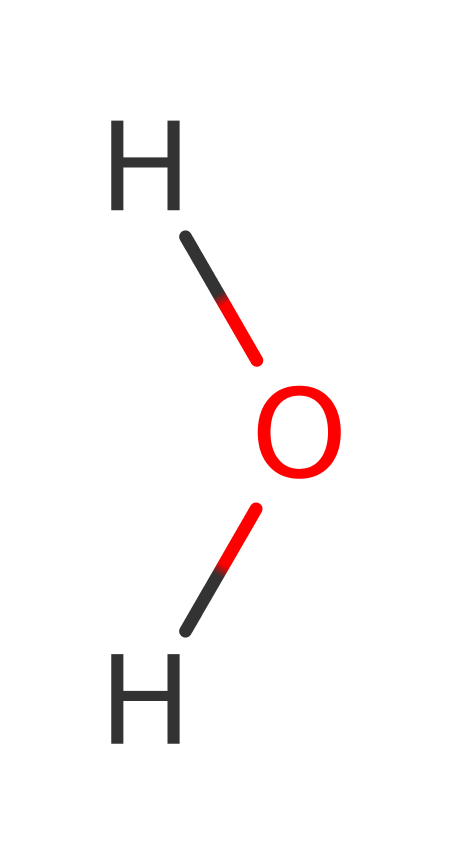Plus-end-directed kinesin ATPase
The fast kinesin from the fungus N.crassa is able to use the energy from ATP hydrolysis in order to power conformational change that leads to the extension of microtubules. Its main function is to cause the growth of hyphae, the root-like system that allows the fungus to feed. Structurally the protein shows a similar catalytic domain to many other proteins involved in nucleotide hydrolysis, especially G proteins such as Ras, suggesting a common evolutionary origin. The kinesin is the fastest yet known able to cause movement of 0.5 micrometers per second.
Reference Protein and Structure
- Sequence
-
P48467

 (Sequence Homologues)
(PDB Homologues)
(Sequence Homologues)
(PDB Homologues)
- Biological species
-
Neurospora crassa OR74A (Fungus)

- PDB
-
1goj
- Structure of a fast kinesin: Implications for ATPase mechanism and interactions with microtubules
(2.3 Å)



- Catalytic CATH Domains
-
3.40.850.10
 (see all for 1goj)
(see all for 1goj)
- Cofactors
- Magnesium(2+) (1)
Enzyme Mechanism
Introduction
The reaction proceeds through in-line nucleophilic attack of a water molecule on the gamma phosphate of ATP which happens via Asp 235 which activates the water molecule by accepting a proton. Thus the nucleophile can then go on to attack the gamma phosphate. This results in a pentavalent phosphate transition state stabilised by contacts with the amide groups and side chains of Gly 91, Gly 93, Lys 94, Ser 95, Tyr 96 and the Magnesium ion at the active site. The pentavalent phosphate transition state then collapses to release ADP and Pi, resulting in the conformational change that powers the extension of the microtubules.
Catalytic Residues Roles
| UniProt | PDB* (1goj) | ||
| Ser95 | Ser95A | Forms Mg2+ binding site | |
| Gly91 (main-N), Gly93 (main-N), Lys94, Lys94 (main-N), Ser95 (main-N) | Gly91A (main-N), Gly93A (main-N), Lys94A, Lys94A (main-N), Ser95A (main-N) | Acts to stabilise the pentavalent phosphate transition state by neutralising the increased negative charge that builds up on the beta phosphate. | |
| Tyr96 | Tyr96A | Mediates a stacking interaction with the purine ring of ATP to stabilise its binding in the pocket. | |
| Asp235 | Asp235A | Deprotonates a water molecule to activate it to nucleophilically attack the gamma phosphate. | |
| Gly238 (main-N) | Gly238A (main-N) | Acts to stabilise the pentavalent phosphate transition state by neutralising the increased negative charge that builds up on the gamma phosphate. |
Chemical Components
References
- Song YH et al. (2001), EMBO J, 20, 6213-6225. Structure of a fast kinesin: implications for ATPase mechanism and interactions with microtubules. DOI:10.1093/emboj/20.22.6213. PMID:11707393.
Catalytic Residues Roles
| Residue | Roles |
|---|





